Methods of Optimizing Boiler Efficiency and Reducing NOx Emission
The article explores NOx pollution from fossil fuel combustion, advocating Flue Gas Recirculation (FGR) for up to 50% reduction. It highlights sources, FGR benefits, and
Home / MonoBlock Burner (MB Series) / Electrical Modular Burners / Page 3

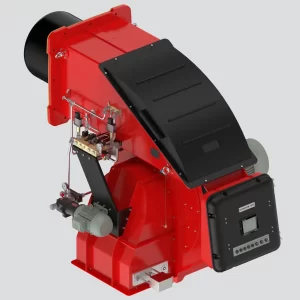
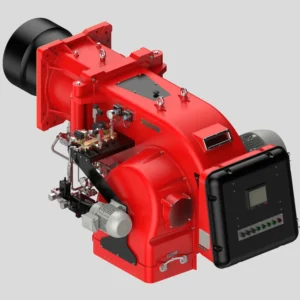
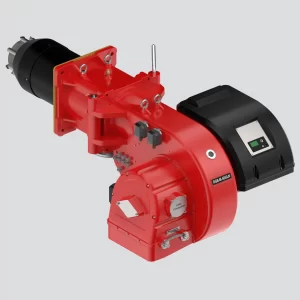
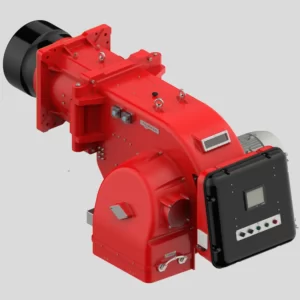
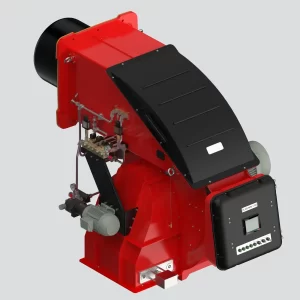
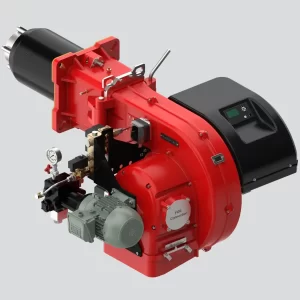
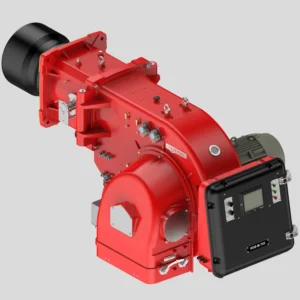
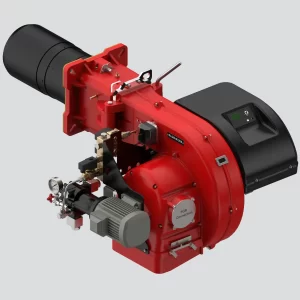
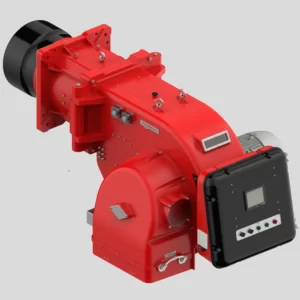
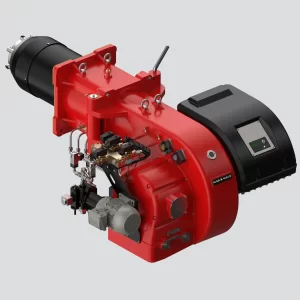
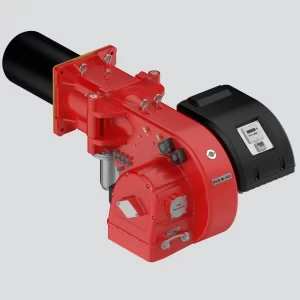
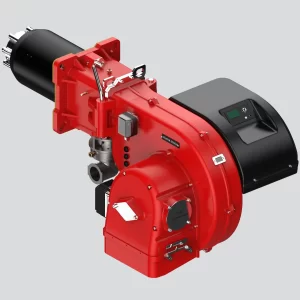
The article explores NOx pollution from fossil fuel combustion, advocating Flue Gas Recirculation (FGR) for up to 50% reduction. It highlights sources, FGR benefits, and
During the last century, Nitrogen oxide emissions, called NOx, have constantly been increasing. Due to the destructive effects of nitrogen oxides on the health of
The «furnace industry» and products determine the type of flame contact. In many heat treatment processes, where the combustion gases must not come into contact
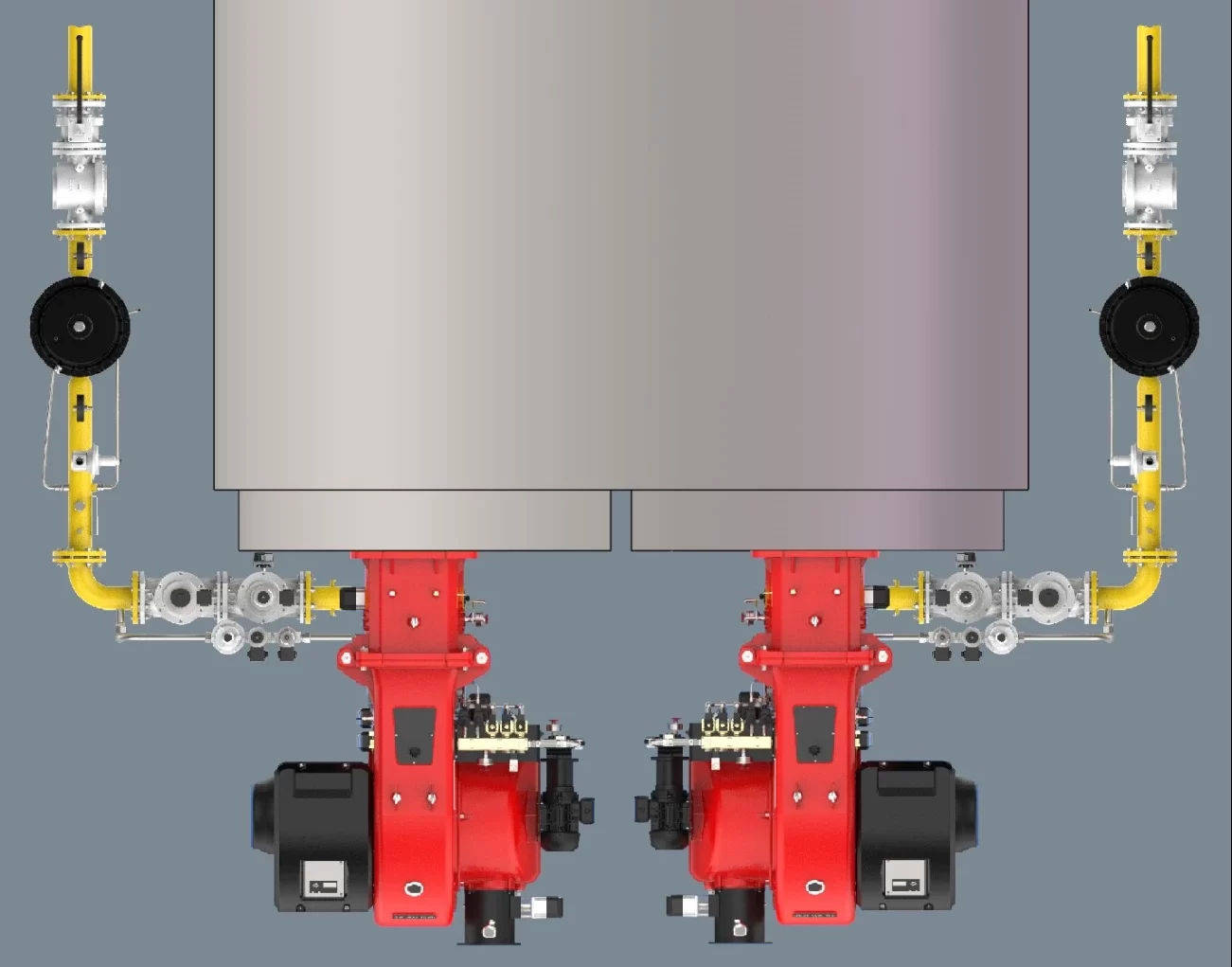
Fossil fuel burners are often used as the principal medium for delivering energy to industrial furnaces and Boilers. Increasing focus on reducing energy costs has led manufacturers to concentrate on new burner design techniques and important advances in efficiency gains have been made over the years. As one of the most effective strategies are burner management and control systems.
Fully modulating burners are designed to safely operate throughout its firing range from high fire to low fire. The most common turndown ratings in commercial boilers range from 1-3 up to 1-10. Turndown is how far the burner firing rate can be lowered and still effectively fire. High turndown is used to reduce the burner cycling and maintain a consistent temperature or pressure in the boiler. This is crucial if the boiler is used in an industrial process that requires a consistent temperature or pressure.
Each RAADMAN burner with identification of –M- or –M/M- is equipped with an electronic microprocessor management panel, which controls the air damper servomotor as well as the fuel servomotors. Using electronic modulation, hysteresis is prevented by the precise control of the separated independent servomotors and the software linked by can-BUS.
The high precision regulation is due to the absence of mechanical clearance normally found in mechanical regulation cams on traditional modulating burners. The LAMTEC Burner Tronic BT300 or Etamatic OEM as well as Siemens LMV2/3, LM51/52 as the most popular brands, are frequently used in RAADMAN Modular burners. Their burner Control Systems combine the benefits of an electronic fuel/air ratio controller with an electronic burner control unit. Up to five motorized actuators can be assigned to modulate air and fuel drives with the option of an additional module to add variable speed drive control for the combustion air fan.
Additional modules are available for field bus interfacing, load control and dual fuel operation.
These modular systems include many standard burner functions as standard; these include integrated valve proving, ambient temperature compensation, flame monitoring and operating hours and system start-up counters. Oxygen trim, CO control, load control and dual fuel functionality are all available options that are used to further enhance system benefits, flexibility and efficiency. These controllers are particularly suited for use on monoblock burners.
The fuel/air ratio curves and operating parameters are set and adjusted using either the UI300 HMI or AZL50 for LAMTEC and Siemens respectively or using their LSB Remote Software. The fuel/air ratio can be optimized to compensate for combustion variables by implementing oxygen trim or CO control to ensure the burner operates to its maximum possible efficiency.
The burner and fuel/air ratio controller can be adjusted for a wide range of combustion tasks by setting parameters. In the case of BT300, Etamatic OEM or LMV2/3/5, oil and gas can be set to start with and without a pilot burner. The integrated valve proving system can be run before ignition or after the shutdown of the burner. In the case of operation with gas, starting without pre-purge is possible in accordance with BS-EN676 and BS-EN 267.
Key features and benefits include
Worldwide approvals and technical support
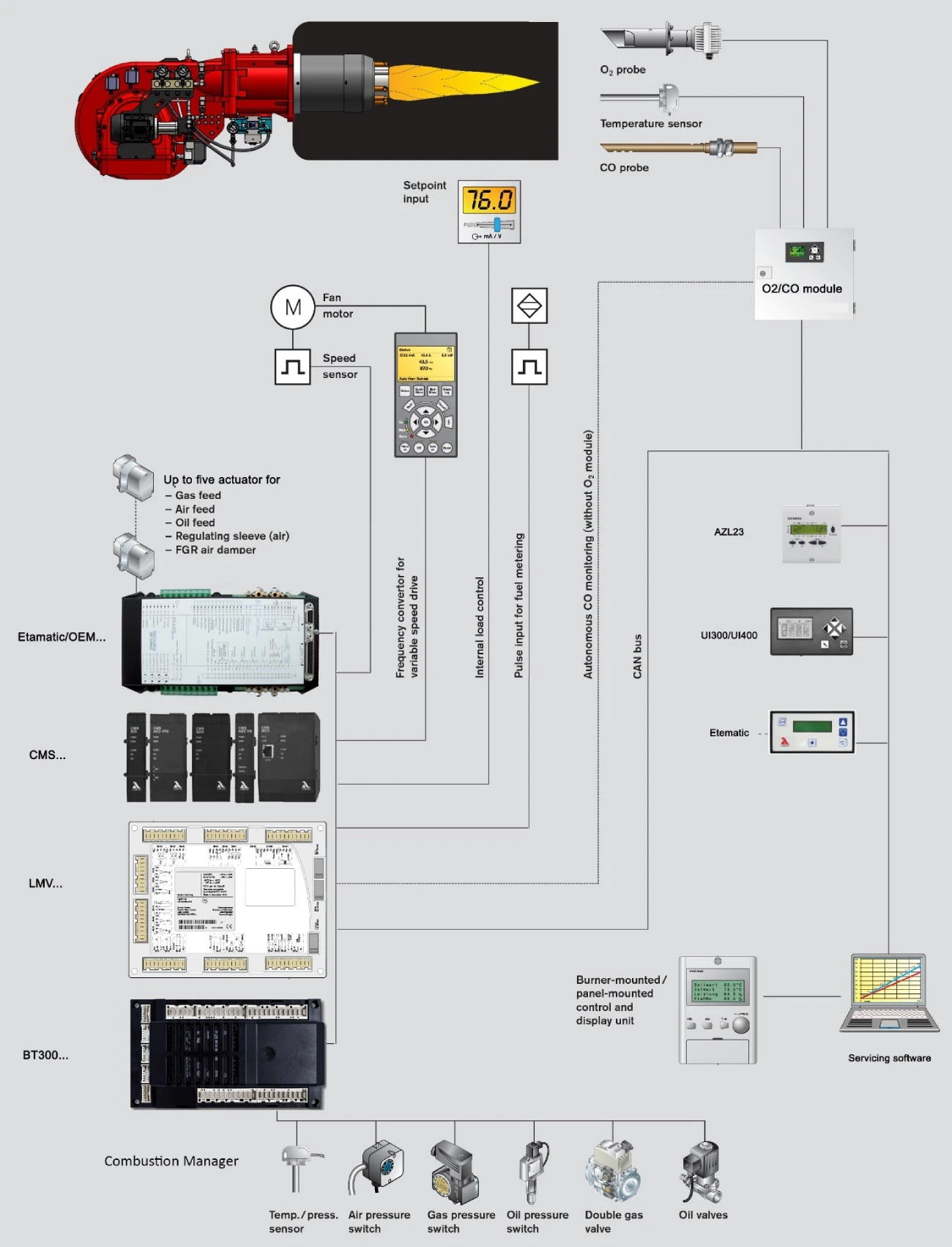
High-pressure gas supply, the standard version used when:
Input pressure is between 360 mbar and 4 bar.
The total pressure loss in gas valves, Butterfly gate valve and combustion chamber resistance does not exceed 200 mbar.
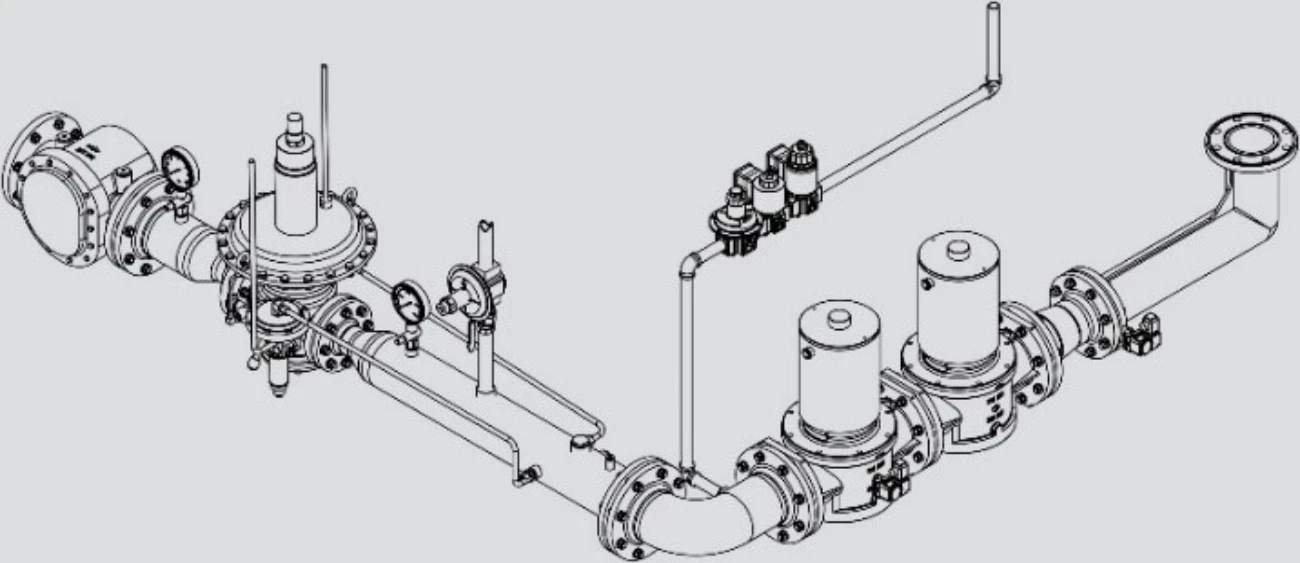
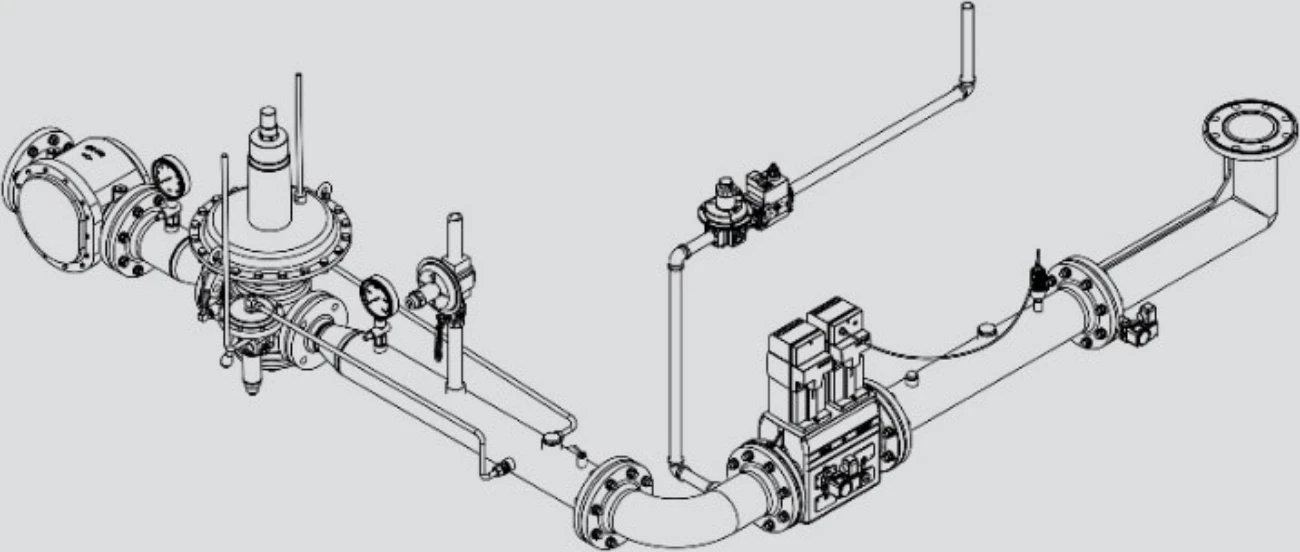
High-pressure gas supply, Multi bloc version used when:
Input pressure is between 360 mbar and 4 bar.
The total pressure loss in gas valves, Butterfly gate valve and combustion chamber resistance does not exceed 350 mbar.
Low-pressure gas supply
Input pressure is < 360 bar
The total pressure loss in gas valves, Butterfly gate valve and combustion chamber resistance does not exceed 200 mbar.
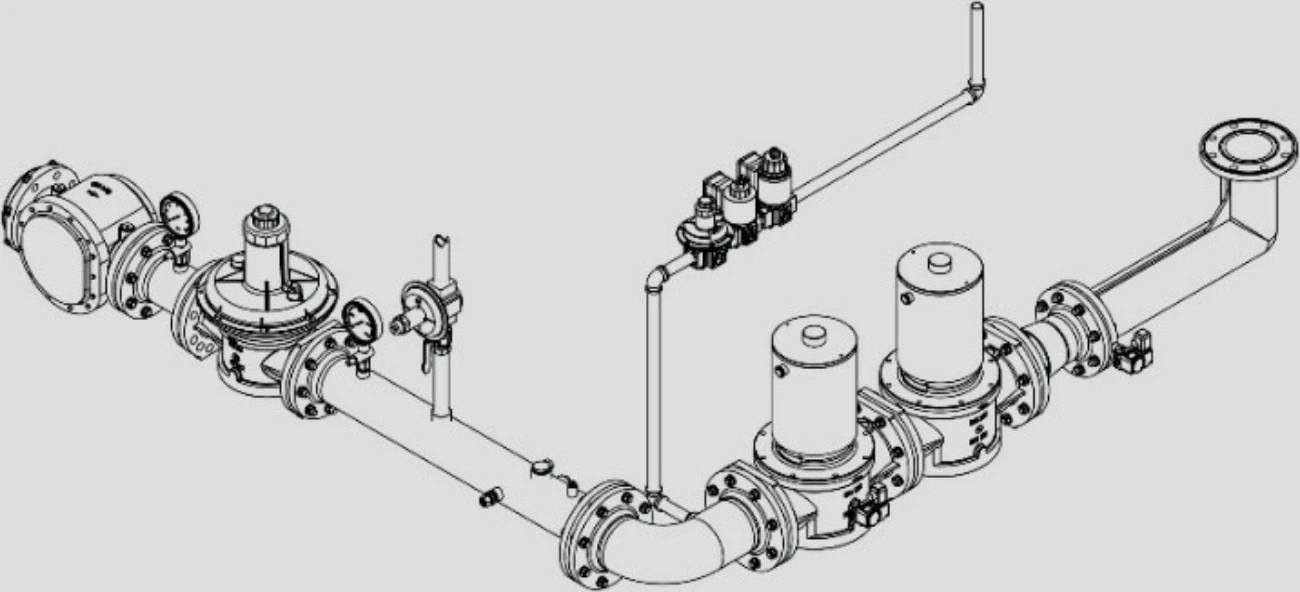


Combustion processes must be monitored and regulated in order to save energy and avoid damage to the environment, property and health. Based on the technology of zirconium dioxide prob, O2 trim is an innovative concept for binary burner regulation to create a dynamic and self-optimizing method which would further reduce exhaust gas losses in industrial combustion systems. Nowadays two types of trimming are common between combustion facility utilizers: O2-CO trim with Lamtec combi probes or Siemens QGO sensors
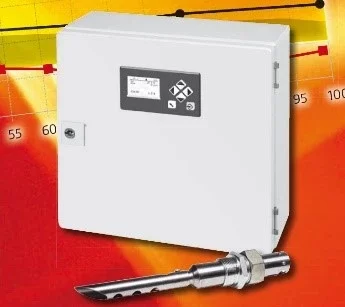
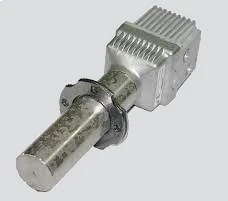
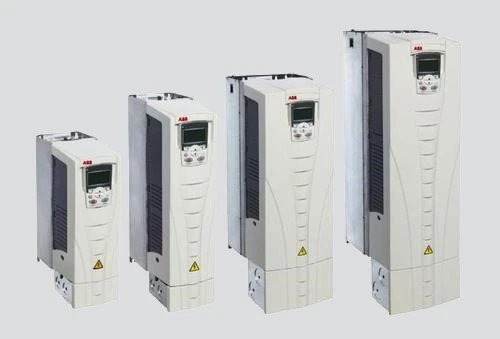
A variable-speed drives-VSD is a type of motor drive used in electro-mechanical drive systems to control AC motor speed and torque by varying motor input frequency and, depending on the topology, to control associated voltage or current variation. VFDs may also be known as VFDs (variable-frequency drive), AFDs (adjustable-frequency drives), ASDs (adjustable-speed drives), AC drives, micro drives, inverter drives or, simply, drives. Using this speed controller can reduce electrical energy consumption up 35 %.
Electrical Modular Burners Electrical Modular Burners Electrical Modular Burners Electrical Modular Burners Electrical Modular Burners Electrical Modular Burners Electrical Modular Burners Electrical Modular Burners Electrical Modular Burners Electrical Modular Burners Electrical Modular Burners Electrical Modular Burners Electrical Modular Burners Electrical Modular Burners Electrical Modular Burners Electrical Modular Burners Electrical Modular Burners Electrical Modular Burners
PACKMAN Company was established in February, 1975. The company has started its activity in the field of producing High-Pressure Vessels such as Hot-Water Boilers, Steam Boilers, Pool Coil Tanks, Softeners and Heat Exchangers since 1984.
Newsletter